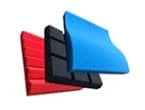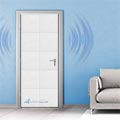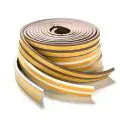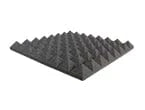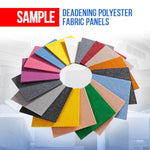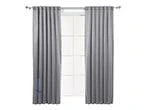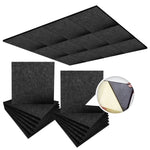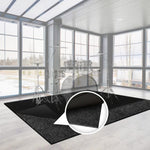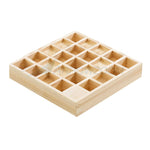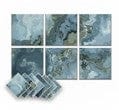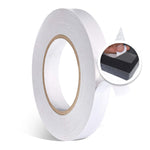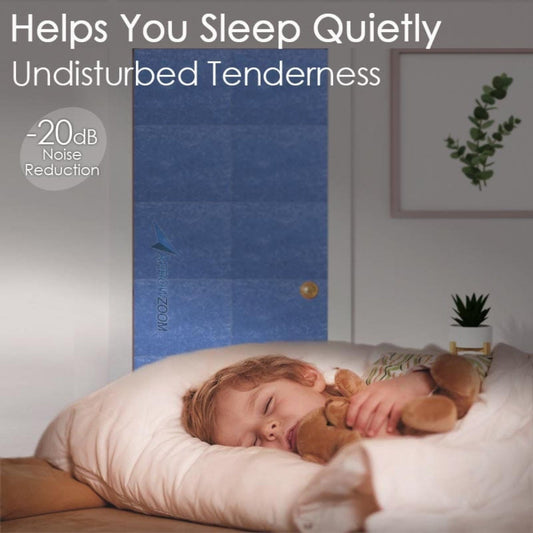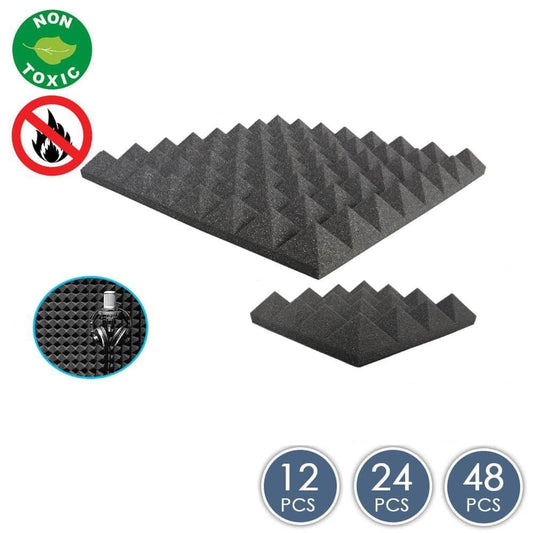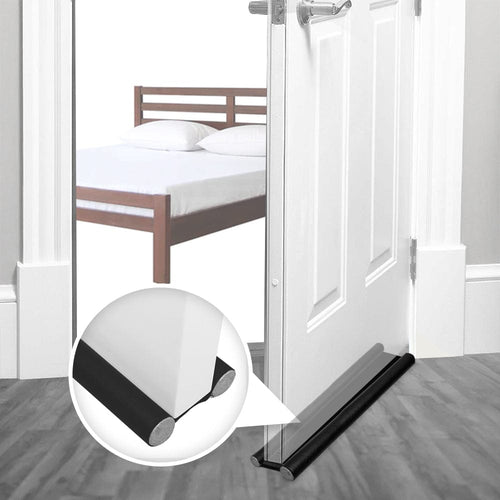TIME REQUIRED: 1.5 Hours | DIFFICULTY: Average
Materials for soundproofing provide significant benefits and this can be achieved by using a variety of acoustic materials that minimize sound. Acoustic foams which are mounted in a small or large home or workplace can minimize noise distortion and ceiling deflection. Most of the time, the ceiling is flat and smooth, so that even the smallest of sounds can be easily amplified. The aggregation of such noises produces disturbance, and eventually, excessive noise contributes to discomfort and tension. If you already have acoustic insulation in your house or workplaces, you'll have enhanced protection and security with improved space soundproofing capability. While words are not to be noticed around the house or outside. Such materials provide smaller amounts of sound and help to reduce the tension that unexpected noises can create.
Renegade Media Group, a reaction review channel on YouTube conducted a sound test using Arrowzoom's Pyramid Acoustic foam. Compare with other foams, pyramid acoustic foams are better at absorbing sound because of its shape. The sound bounces up and down and eventually, it condenses at the tip of the pyramids of the foam. In their video, you will see that they conducted three comparative tests using bare cardboard, and cardboard with Arrowzoom Pyramid Acoustic Foams. These tests are the control test, clap test, and tone test. They test the difference in the sound from three different distances. 3 inches, 6 inches, and afoot. This will help to know which distance works best for the foam.
![]()
FIRST EXPERIMENT: Beep Test
Before they start the test, they measure a 3-inches, 6-inches, and afoot distance between the cardboard and the microphone. Using a censorship beep, they compare the difference of the sound of bare cardboard, and cardboard with Arrowzoom Pyramid Acoustic Foams. For the tone test, the result shows that cardboard without acoustic foams has a higher reverberation and echo compare to the cardboard with pyramid acoustic foams. The sound is sharper in bare cardboard. That's because there are no acoustic solutions that will absorb all the unwanted sounds coming from the beep tone. Unlike with cardboard with pyramid acoustic foams, you can barely recognize the reverberation and echo because of the acoustic treatment.

SECOND EXPERIMENT: Clap Test
For the clap test, they also compared the differences of the sound with a range of 3-inches, 6-inches, and afoot distance between the cardboard and the microphone. They clap 3 times behind the microphone to know which distance is more applicable when it comes to the positioning of the microphone. When it comes to distance, there's a fewer reverberation and echo if you position your microphone near to the acoustic treatment. That's because most of the sound can be absorbed due to its distance unlike if the microphone is positioned further away from the foams, the sound has a tendency to scattered all over the room.


